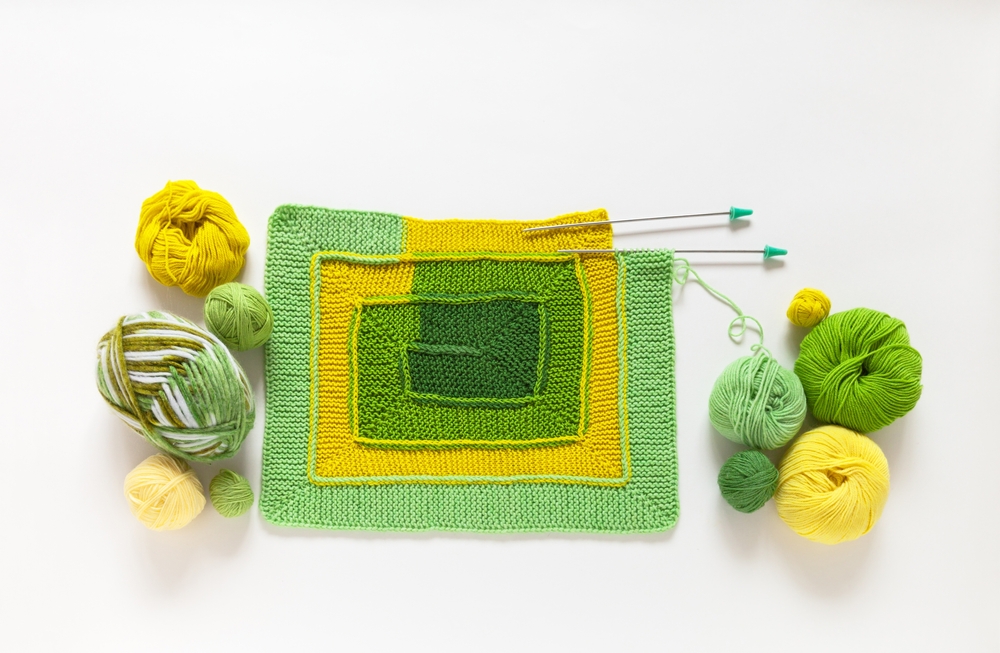
Crochet is a versatile and rewarding craft that offers endless creative possibilities. While basic stitches form the foundation, advanced techniques allow crafters to elevate their work to new levels of artistry and intricacy. This essay explores several advanced crochet techniques, each bringing unique textures, patterns, and structural elements to handmade creations.
Tunisian Crochet: Bridging Knitting and Crochet
Tunisian crochet, also known as Afghan crochet, is a hybrid technique that combines elements of both knitting and traditional crochet. Using a long crochet hook, this method involves keeping multiple loops on the hook during the forward pass and working them off in the return pass. The resulting fabric is dense and less stretchy, resembling woven or knitted textures. Tunisian crochet is particularly useful for creating warm garments, blankets, and intricate colorwork designs.
Filet Crochet: Crafting Elegant Lacework
Filet crochet is a delicate, lace-like technique that creates intricate patterns by forming open and filled squares in a grid. Typically worked using fine cotton thread and small hooks, this method is ideal for decorative items such as doilies, table runners, and curtains. By following a charted pattern, crafters can create detailed images, letters, or motifs within their crochet pieces, making filet crochet a popular choice for personalized and heirloom-quality projects.
Overlay Crochet: Adding Dimension and Depth
Overlay crochet is a visually striking technique that incorporates layers of stitches to create a textured, three-dimensional effect. By working over previous rounds or rows, crafters can produce intricate geometric designs, mandalas, and embossed patterns. This technique often utilizes color changes to enhance the depth and contrast of the finished piece, making it perfect for statement pieces like wall hangings, pillows, and artistic blankets.
Broomstick Lace: A Vintage Yet Timeless Art
Broomstick lace is an elegant, vintage crochet technique that produces airy, lacy patterns. Traditionally worked with a large knitting needle or a broomstick handle, this method involves pulling loops onto the stick before crocheting them together in groups. The resulting fabric is lightweight with a graceful drape, making it ideal for shawls, scarves, and delicate garments. Despite its old-fashioned origins, broomstick lace remains a beloved technique for creating sophisticated and feminine designs.
Tapestry Crochet: Mastering Intricate Colorwork
Tapestry crochet is an advanced colorwork technique that allows crafters to create detailed, multicolored patterns by carrying multiple strands of yarn within a project. By carefully switching colors and keeping tension even, artisans can produce bold geometric designs, pictorial motifs, and cultural patterns. This technique is commonly used for sturdy items such as bags, baskets, and rugs, as the tight stitches create a durable and structured fabric.
Hairpin Lace: Delicate Loops for Elegant Creations
Hairpin lace is a unique crochet technique that involves using a special loom to create long loops of yarn, which are then joined into a delicate lace pattern. This method produces openwork designs with a distinctive braided appearance and is often used for shawls, scarves, and decorative trims. Hairpin lace allows for creative combinations of stitches and motifs, enabling crafters to experiment with intricate lacework that looks both vintage and modern.
Freeform Crochet: Unleashing Creativity Without Limits
Freeform crochet is an expressive and unconventional technique that breaks away from structured patterns and encourages artistic experimentation. By combining different stitches, textures, and shapes, crafters can create abstract, sculptural, or nature-inspired designs. This technique is often used for unique garments, accessories, and textile art pieces, allowing for complete creative freedom without the constraints of traditional patterns.
Conclusion: Expanding the Horizons of Crochet
Advanced crochet techniques open up a world of possibilities for both practical and artistic expression. Whether working with intricate lace, bold colorwork, or layered textures, these methods allow crafters to push the boundaries of their creativity. By mastering these techniques, crocheters can transform simple yarn into extraordinary works of art, ensuring that the craft continues to evolve and inspire future generations.

Add comment